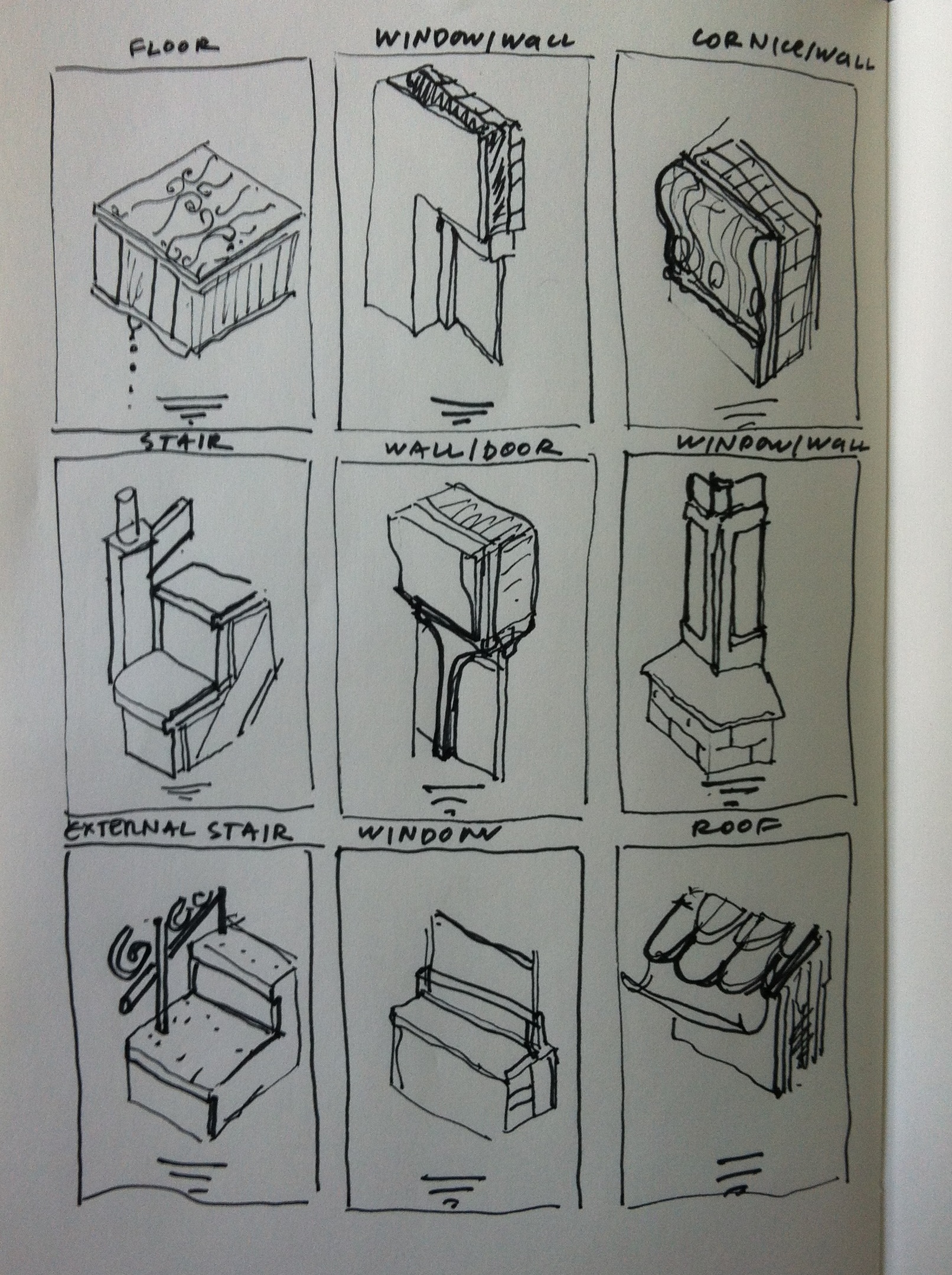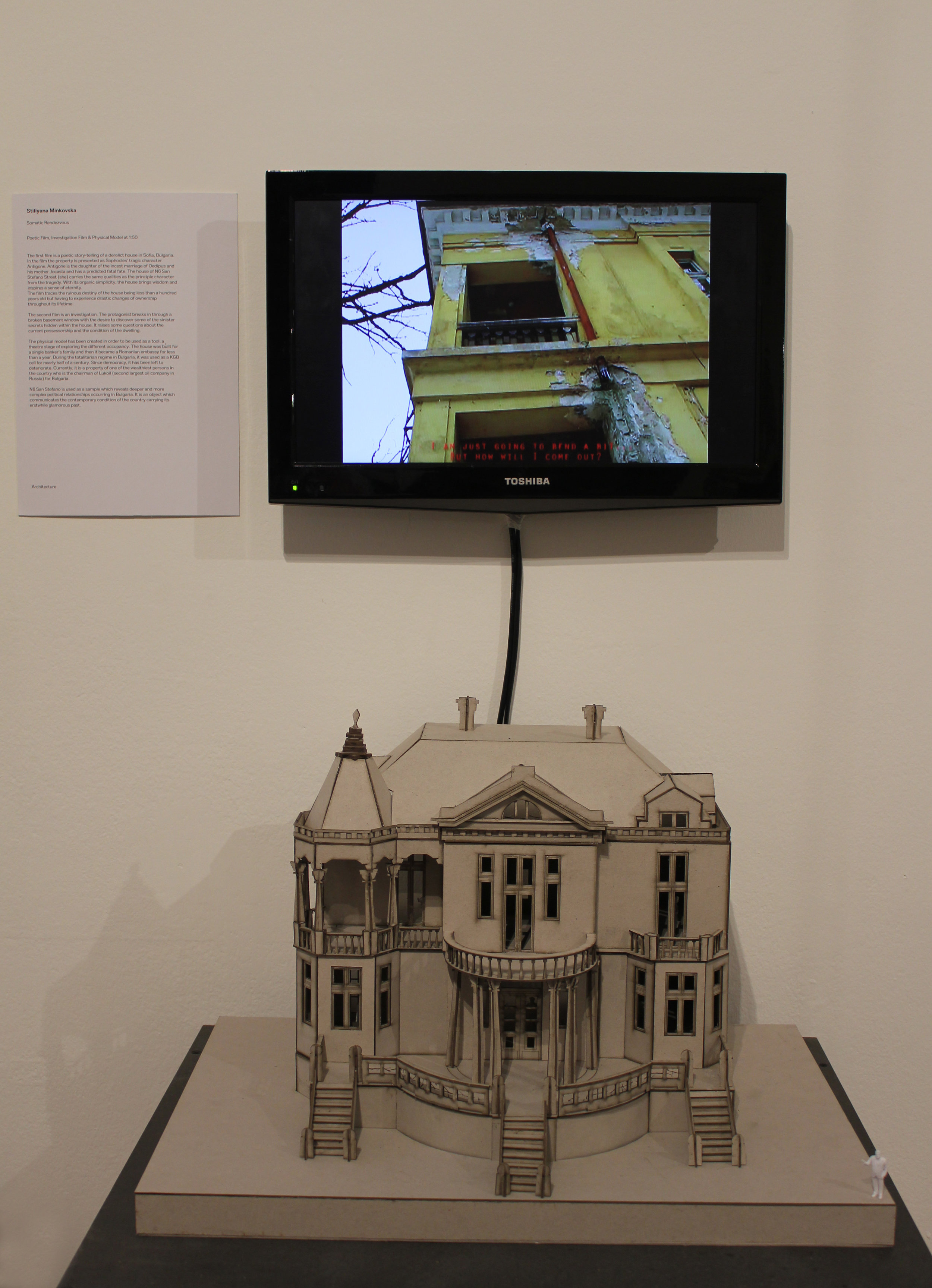Stiliyana Minkovska
Somatic rendezvous
The project is looking into a derelict house in Sofia, Bulgaria which is used as a prism examining issues occurring in the country from the late 1920s (when the house is built) through socialist period (1945-1989) until present time (2000s) when the time of beautiful decay and biological desolation begins. The house, often referred to as ‘the object’ and ‘the site’, is built for a single banker’s family in 1927. For 14 years the house carries its purpose of erection being a ‘heimlich’ (homely) occupancy. In 1944 it becomes a Romanian embassy for only one year, until the war is over. In 1945 it falls under the Soviet guardianship and therefore it institutionalises its service. Between 1945 and 1989 while Bulgaria is in communist regime, the house functions as a KGB cell. When democracy transpires the site changes different occupations rapidly between the years of 1990 and 2000s when eventually is sold to an oligarch by the legal inheritors of the banker’s family in 2002. The house is used as a film set in 2001 when is last seen as a functional form of architecture.
The current ownership of the ruination is considered as a spectre as his presence applies in theory but his actual manifestation is absent.
The project begins with a fascination by the deteriorating condition of the object surviving within one of the most prestigious residential areas in the capital, right in the city centre, surrounded by homely siblings. The site’s uncanny condition arises from the experience the protagonist obtains. ‘Uncanny is not a property of space itself; it is a representation of a mental state of projection’ (Jentsch).
The protagonist refers to the house as Sophocles’ tragic character Antigone because of their predestined exile. They both look to set a tragic end with an organic simplicity while bringing wisdom and inspire a sense of eternity. The project aims to explore the record of memory embodied within the object with its dynamic ‘feminine’ change of context. The space within offers a unique experiential contact to the protagonist as no other building in the world could have gone through such a historical process of tracing recollections and events, therefore provokes an experiential results.
The protagonist is the current inheritor of the problematic situation which objects to be resolved by pulling out and exposing bits of the internalised condition of the site. The issue of the site is CHANGE but instead of using a machine or device of technology to illustrate this change, the protagonist prefers that it becomes a mental experience and pure mind consciousness.












